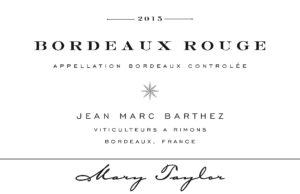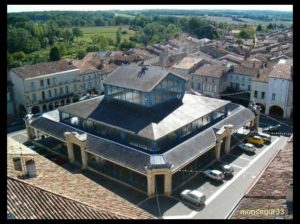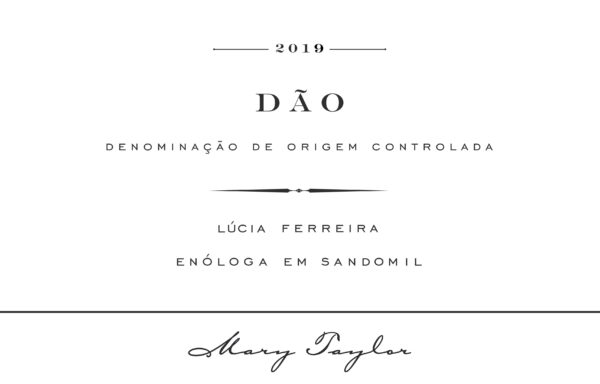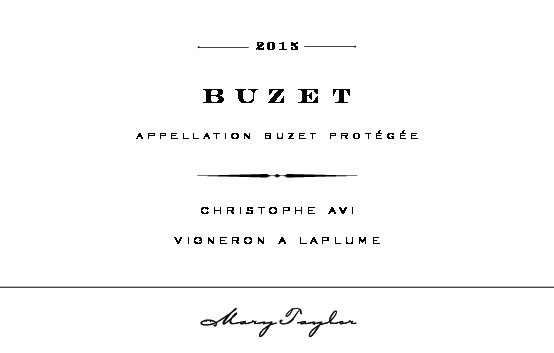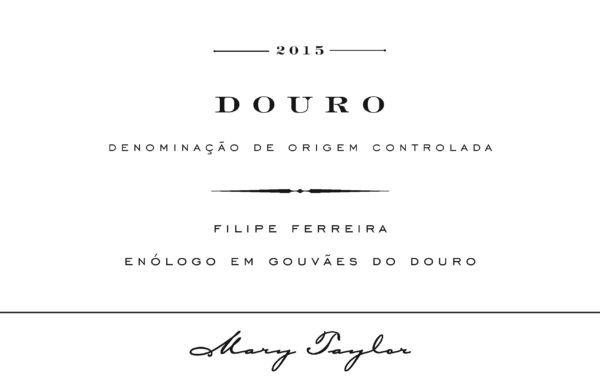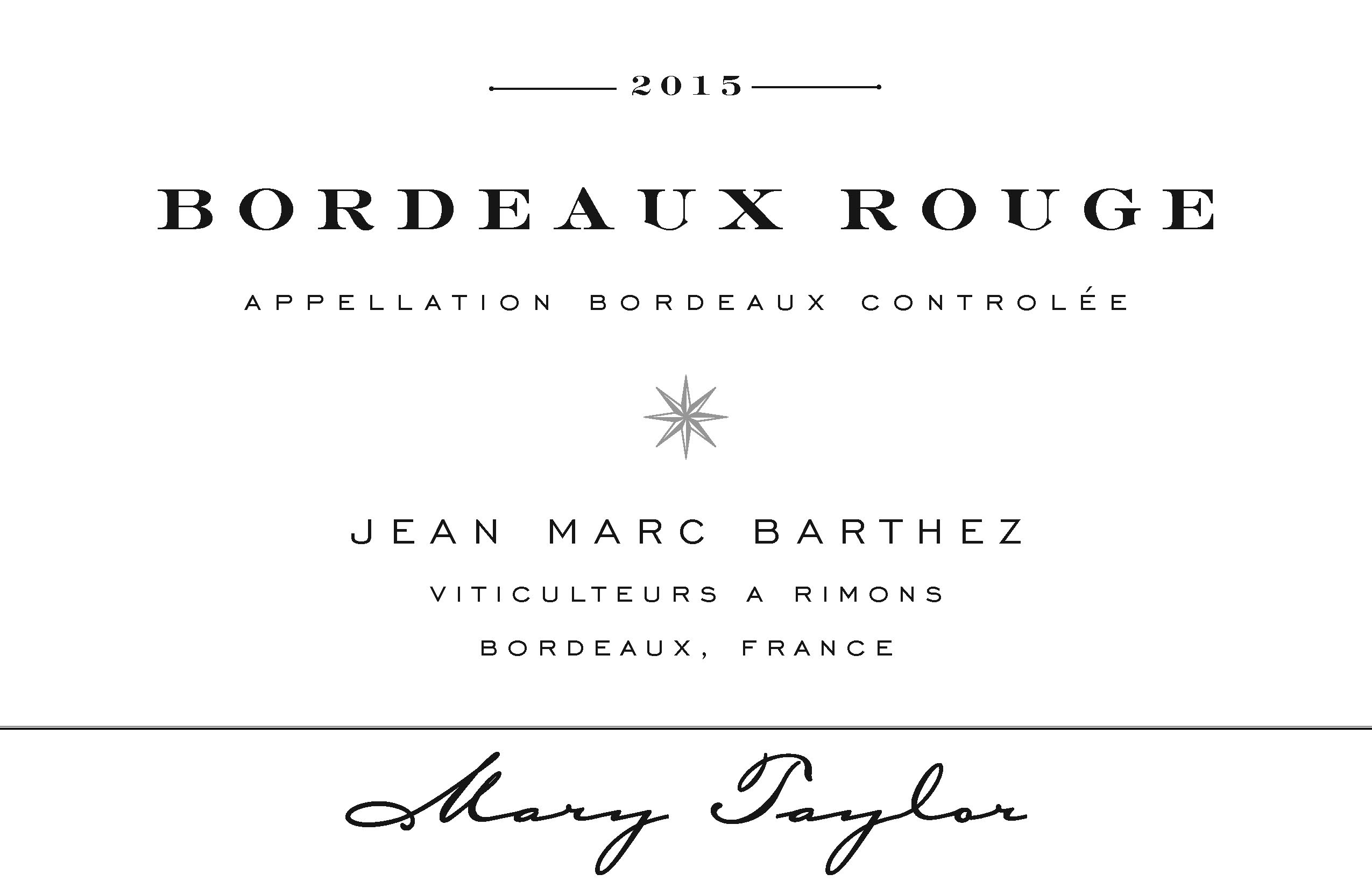
Neither glitzy nor flashy, but perfectly embodies the region’s rural soul. A signature blend of 50% Merlot with equal parts Cabernet Franc and Cabernet Sauvignon, even at its modest price point it possesses much of the dark-fruited complexity that made Bordeaux famous in the first place – but rendered in a brighter, more refreshing frame.
Wine Description
Reviews and Scores
89 Points – (2020 vintage review) – Wine Enthusiast, “Best of the Year” December Issue 2024
Vintage Notes
2018: A warm, sunny vintage with a hot and dry month of September.
Jean Marc Barthez Bordeaux Rouge
Arguably the world’s most historically celebrated wine region, Bordeaux has been defined in the popular imagination by the luxury stereotypes of its exclusive “first growth” châteaux, which produce some of today’s most highly-coveted (and therefore prohibitively expensive) wines. But beyond this façade of wealth, far from the corporate winery owners who jet around town in their Porsches and Lamborghinis, there lies another Bordeaux.
This “alternative” Bordeaux is populated by the small independent estates that line the banks of the Garonne and the Dordogne rivers, where conscientious growers craft honest bottles for everyday enjoyment rather than 1oo-point scores. This is the Bordeaux to which winemaker Jean Marc Barthez belongs. The archetypal “dirt-under-the-fingernails” winemaker, he serves as the president of a small co-operative winery in Monségur, an ancient village founded by Eleanor of Aquitaine in the 13th century. There, he oversees a handful of growers who cultivate small family vineyards and join forces to produce Bordeaux wines that their friends and neighbors can actually afford.
When Mary discovered these wines some years ago she immediately contracted with the cooperative to produce this authentic country wine. Grown in vineyards that surround the cooperative, many of which are certified organic, the final product is neither glitzy nor flashy, but perfectly embodies the region’s rural soul. A signature blend of 50% Merlot with equal parts Cabernet Franc and Cabernet Sauvignon, even at its modest price point it possesses much of the dark-fruited complexity that made Bordeaux famous in the first place but rendered in a brighter, more refreshing frame. This wonderful “drinkability” is highlighted by the absence of oak during the aging process, which allows a bursting acidity and graphite minerality (imagine the lead of fresh pencil shavings) to shine through on the palate. Mary recommends serving it slightly chilled with anything from rib-eye steaks and pan-seared duck breast to earthy mushroom dishes and even burgers off the grill.
